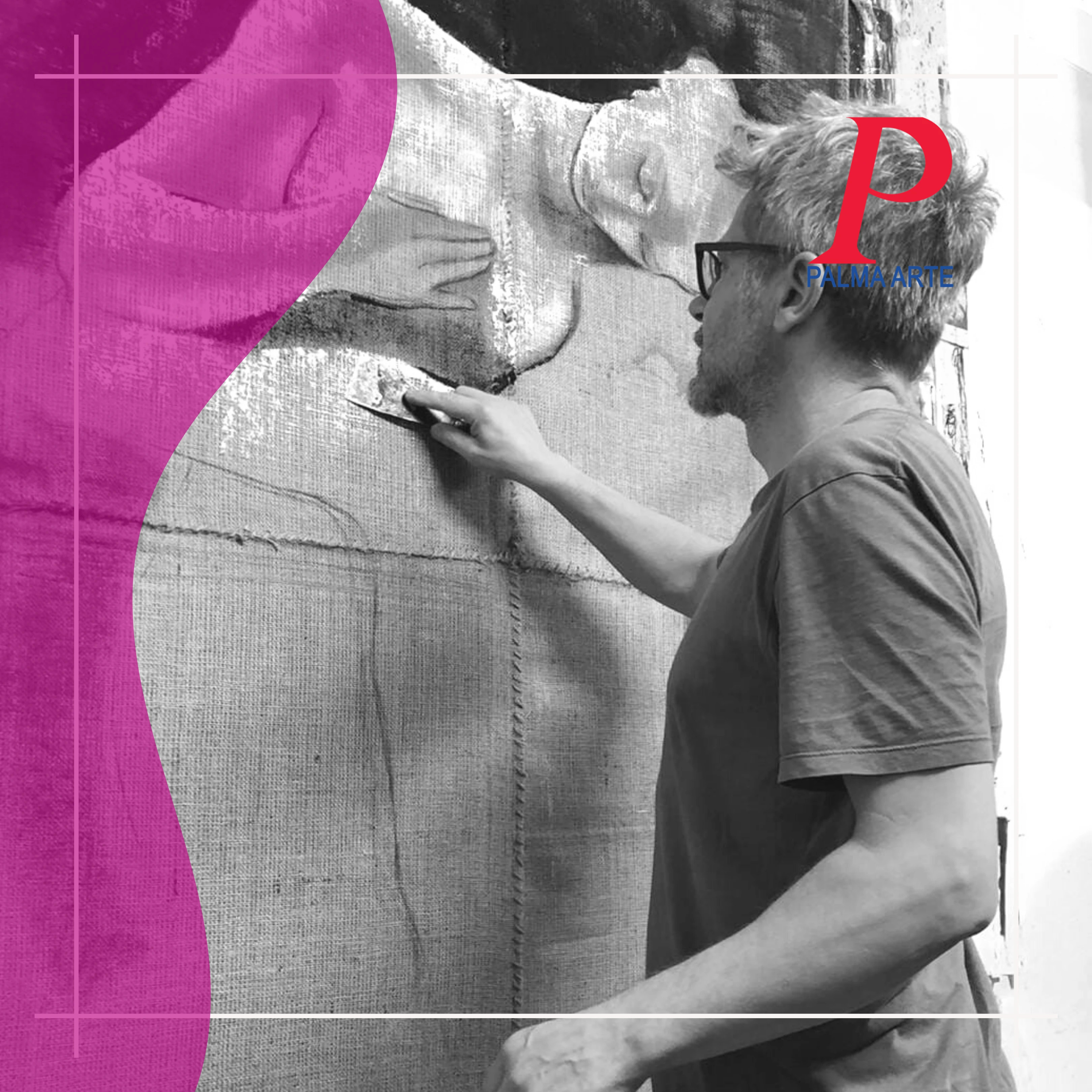Muses

With us today is Max Gasparini, an artist who has made humanity the centre of his research. His Muses, seductive and ambiguous as sirens, rise to true apparitions, between lyrical accents and expressionist suggestions.
Your poetics is characterised by an extremely material research. Tell us how you arrived at the development of a style that manages to blend lyricism and almost expressionist traits. Tell us about your training as a man and as an artist.
The abandonment of classical formal rigour, which accompanied me in my private artistic activity, came with the need to exhibit and thus enter the art world. Drawing, painting with egg tempera, and the love for sculpture (which I had never practised) were transfigured in the encounter with materials. Thus sculpture became the use of plaster and stucco and drawing the decisive, sometimes expressionist strokes of black acrylic. My love for Dürer and his engravings merged with the primordial brutality of Burri's materials, the gestuality of informal art with an idea I have of randomness in Rauschenberg. I found lifeblood in black and white, and the gestural in the rigour of form. It is my balance, where the instant of a gesture breaks the formal soul of a subject with splashes and drips.
The women you portray are mysterious and fascinating apparitions that call us to listen to our inner selves and speak to the viewer through ancient whispers. Who are these female figures? Are they real? Archetypes? Ideals?
My woman's face, whether introspective or looking elsewhere, is an archetype of the whole, fragmented, torn, precarious, dripping like a wax statue: I want to reassure and reassure myself that this is how it is, an inevitable Vanitas.
Your canvases - or rather - your jute, seem to draw lifeblood from the contrast. On the one hand we have subjects characterised by an ethereal and timeless beauty, on the other an extremely minimal palette and formal experimentation with 'poor' materials. How do you manage to merge these two extremes and come up with such a touching result?
The use of materials that have already been experienced, therefore already deformed, broken, and from time to time 'stitched up' gives me a new possibility. The initial choice of support, be it cardboard, sheet metal or a jute sack is the main challenge...the face or body that will emerge will be a mediation with it, and will leave its indelible traces with a break, seam or rust. The final vision is thus less tied to my action, finding more possibilities of vision.
